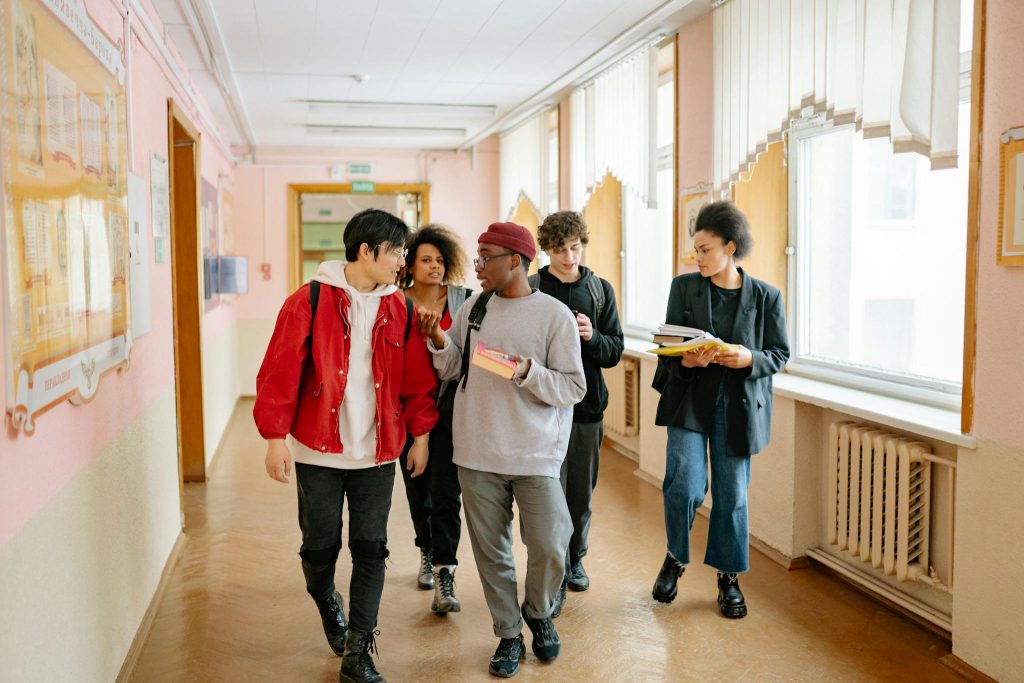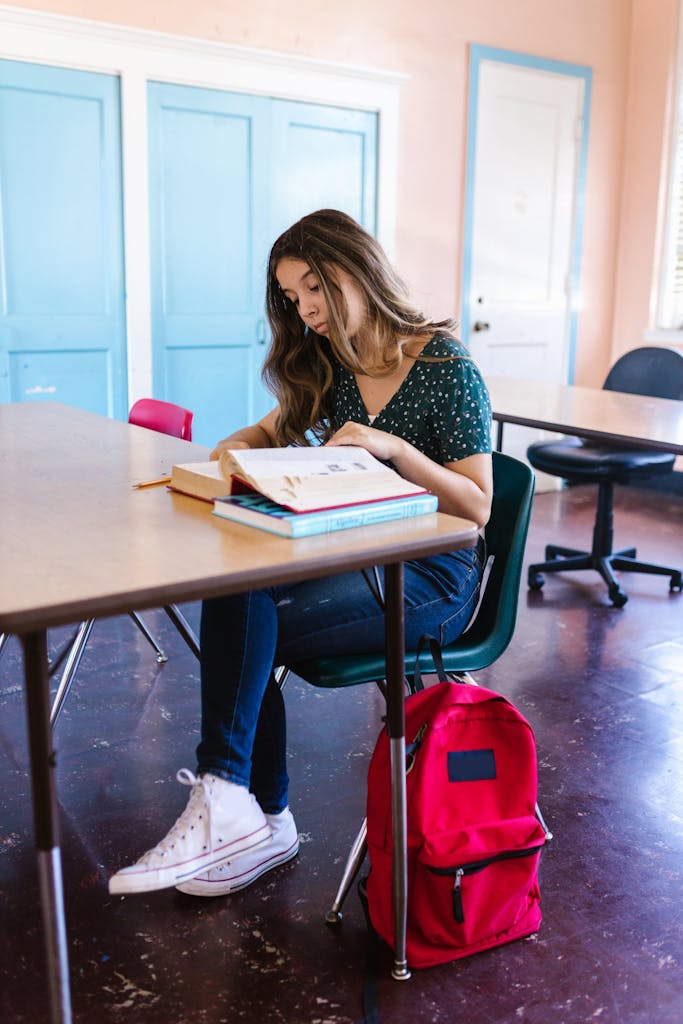Why group learning works better than you think
And why it might be the missing peice your teen actually needs.

Most parents look for 1-on-1 help when their teen is struggling in school. It feels safe, focused, and tailored. In the right setting, it absolutely can be helpful.
But here’s the thing: personalized support doesn’t have to mean working alone. In fact, group learning, when done right, offers the same kind of foucsed attention, while also creating something 1-on-1 tutoring often misses: a space to think with others, ask better questions, and feel less alone in the struggle.
Let’s be honest, “group work” in school doesn’t always go well. Maybe your teen’s been the one carrying the team. Or the one staying quiet, unsure what to contribute. We get it.
But our session are different. They’re structured, guided, and rooted in research about how students learn best. The result? Students get the support they need, and more opportunities to grow, build confidence, and actually enjoy the process.
Here’s why we believe in group learning, and why it might be the better fit than you think.
Humans are wired to learn from each other. Research shows that students retain more, understand better, and apply knowledge more flexibly when they learn through interaction.
In our study groups, students engage in probem-solving discussions, share different strategies, and build ideas together. This peer dialogue helps them process concepts more deeply than just listening to a tutor or copying notes.
When they hear someone else explain a tricky math concept in their own words (not teacher speak) it often clicks for the first time.
Most students think they’re the only one who doesn’t get it. But when they see others asking the same questions, making similar mistakes, or needing help too, the shame starts to melt away.
In our small groups, there’s no grading, no comparison, and no pressure to be perfect. We work hard to create a safe environment where it’s normal to not get it right away.
That shift in mindset helps students feel safer taking risks and more open to learning from their mistakes, which is exactly where growth happens.
In 1-on-1 settings, students sometimes feel self-conscious asking “basic” questions. In a group, that pressure fades. One student asks, and the entire group benefits.
Often, we’ll pause and say, “let’s explore that together.” Students build off each other’s ideas, and even questions that seem small can unlock big insights.
Between sessions, students stay connected in a group chat where they can ask questions, offer support, and share small wins. It keeps the momentum going and builds a sense of community outside the classroom.
Confidence doesn’t come from being told what to do. It comes from figuring it out, even if it takes a few tries.
In a group setting, students gradually become more comfortable thinking aloud, asking follow-up questions, and even helping their peers. That confidence spreads into class discussions, test-taking, and beyond.
They stop thinking “I’m bad at this,” and start saying, “I can figure this out.”
In traditional tutoring, it’s easy to fall into a cycle: the tutor explains, the student listens, and maybe they get it, or maybe they just memorize the steps.
In our study groups, students are active participants. They don’t just hear explanations, they analyze, attempt, reflect, and retry. Facilitators guide this process using research-backed techniques like retrieval practice, elaboration, and peer teaching.
That’s how students develop real understanding, the kind that transfers beyond the next test.
When learning is shared, students don’t just absorb information, they build relationships.
We’ve seens students ask each other for help midweek, share study strategies, and offer encouragement before tests. The group becomes a learning ecosystem and students realize they don’t have to do this alone.
Over time, that peer support cone be more powerful than anything an adult could say.
What It Looks Like in Practice
Our study groups are structured to help students do more than just get through their next assignment. They’re designed to build understanding that sticks.
Each group meets for a 90-minute weekly session, with 6–8 students and a trained facilitator who creates a supportive space for thinking, questioning, and growth.
Students choose the math concepts they want to review; from algebra and equations to word problems, or functions. Based on those choices, facilitators plan targeted sessions using a consistent structure rooted in scientifically proven strategies for real learning.
Worried Group Learning Isn’t for Your Teen?
That’s normal. Many parents (and their teens) are skeptical at first, especially if your teen is shy or used to 1-on-1 help. But here’s what we’ve seen again and again:
Students who start quiet end up contributing. Students who were nervous become leaders. Students who thought they “weren’t math people” begin to believe otherwise.

If this sounds like the kind of support you’ve been looking for – let’s talk.
Book a free 30minutes consult call where you can share what’s been going on, ask questions, and learn more about how the program works.